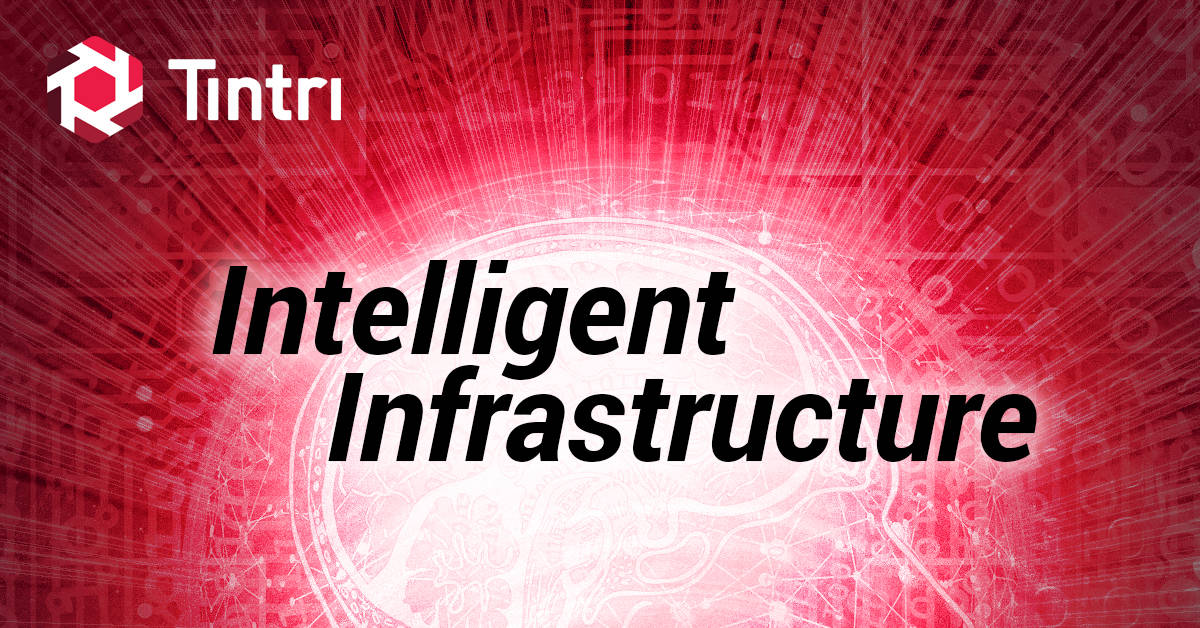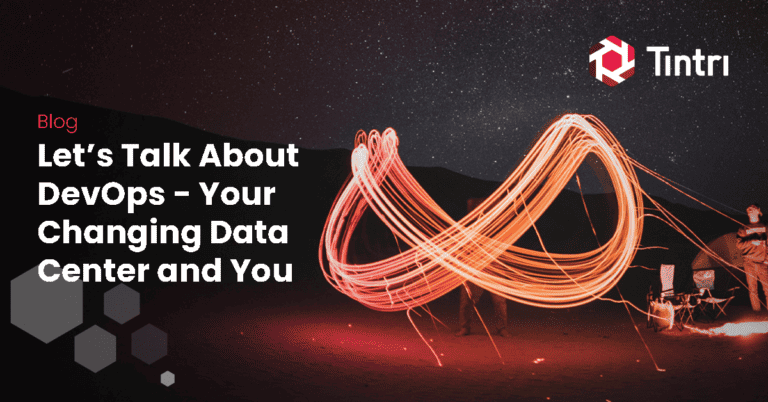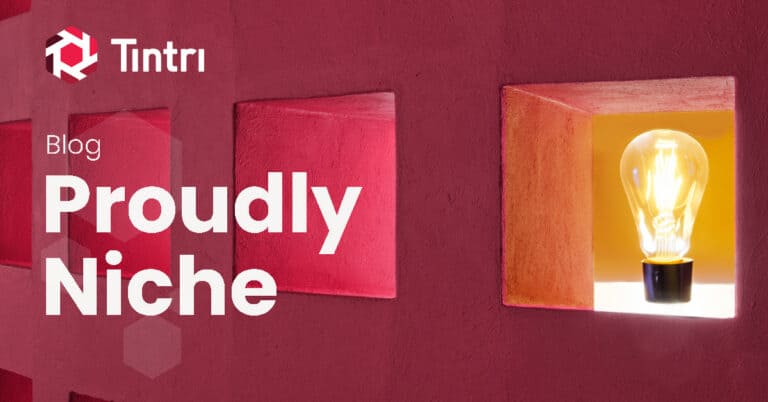Before committing to storage for enterprise-level needs, it’s important to understand the differences between virtual and traditional storage. For business owners and managers, understanding all-flash storage and what differentiates it from hard drive storage is important. Some experts suggest hard drives are still the better choice because of the rumored high cost of obtaining and maintaining flash storage. But, like most rumors, those about the cost of flash storage aren’t based in fact, and don’t consider the big picture.
What is all-flash storage?
All-flash storage is made with fixed, integrated circuit assemblies, rather than all the moving parts of HDDs. The other defining feature of flash storage is its use of nonvolatile NAND (negative-AND) logic gates, which reduce the time it takes to read, write or retrieve information from any location within your infrastructure. Nonvolatile NAND also ensures you’ll never lose data, apps, or software in the event of a power outage, making all-flash storage that much more attractive than its HDD counterpart.
Flash storage versus hard drive storage: we promise it’s not a trend.
As with all new technologies since the discovery of fire, people have a hard time putting their confidence in more modern approaches to solving common challenges. The challenge of storage is no different. Many businesses hesitate to buy into flash after having committed to hard disk storage for years. Fearing flash could be an attempt at a better mousetrap—a technological trend that could fade like Blackberry, Zune, or QR codes—businesses often dillydally around the idea of implementing all-flash. If that sounds like you, here are some reasons to consider migrating from hard drives to flash storage that go beyond simply saying, “It’s newer and better.”
Speed
Speed is the predominant feature that makes flash storage on solid state drives (SSDs) better than hard drive storage. On average, hard disk drives (HDDs) handle approximately 200 IOPS (input/output operations per second); all-flash SDDs achieve 30,000 or more IOPS. This remarkable difference in speed enhances workload capacity dramatically. But, it also explains why HDD users often wait several minutes to scale up or tear down—all-flash takes just a few seconds or less.
Capacity
The largest HDD available today offers a 16 terabyte (TB) capacity, with potential capacity expected to be between 20–40TB in the near future. Conversely, there are SSDs already available in sizes up to 60TB.
Reliability and incidence of failure: flash storage versus hard drive
HDDs are notoriously prone to failure because of their moving parts. Over time, their spinning disks, heads, or arms deteriorate. Flash storage, on the other hand, has no moving parts, and therefore rarely experiences failure, even when users overprovision (which we don’t recommend, but still), or overwrite thousands of times. On average, even the best-made HDDs have a fail rate of about 3.5 percent, whereas the SSD fail rate is less than 0.3 percent.
Analytics
All-flash storage that is built for applications offer real-time and predictive analytics—something no storage built on traditional LUNs and volumes just can’t do without a third-party add-on. Application-level storage analytics allow you to see every application across your entire infrastructure in real time, making it easy to troubleshoot, find precisely where latencies are occurring or predict when it’s time to scale up.
The difference in energy use between flash storage and HDDs
HDDs require mammoth amounts of energy. They generate enormous amounts of heat, which demands the need for serious cooling—that’s not cheap either. Flash storage generates less than one-fifth the heat, takes up less than a quarter of the space, and requires minimal cooling in comparison.
The cost of flash storage versus hard drives
HDDs cost more to house because they require far more rack space, power, significantly more cooling, and more IT staff to maintain. HDDs require service far more frequently, which means they must be accessible to IT staff within data centers 24/7. It may be true that flash storage costs more to buy at the outset. But, the cost of managing flash is actually lower when you compare the head-to-head cost of space, energy consumption, maintenance and need for staff—never mind the cost of failures when using HDDs.
Savings are even more prominent when those all-flash systems are built based on the application level. With per-application management like that of VMstore systems, you get real-time analytics, per-application operations and machine learning-powered application migration.
Are you ready to transition to all-flash storage? What about application-level operations? It’s time to meet the VMstore EC6000 All-Flash System for guaranteed performance, real-time and predictive analytics, automation and application isolation. Available in sizes for small ventures to global enterprises, Tintri Intelligent Infrastructure has a solution for your business.





